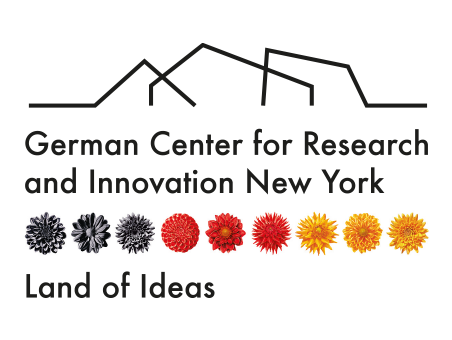Blueprint for Restoration
 © iStock
© iStock
The development of cities or industrial facilities as well as intensive agriculture affect the environment around the world. Such interventions create challenges for natural ecosystems and their diversity. Over the last years many projects have emerged with the aim of transforming regions that were ecologically exploited back into natural ecosystems. One approach is rewilding.
“Rewilding focuses on the ecosystem as a whole and attempts to restore its functionality through targeted measures, allowing the ecosystem to sustain itself with little or no human management,” explains Andrea Perino, who studied rewilding together with an international team of researchers led by the Martin Luther University Halle-Wittenberg (MLU) and the German Centre for Integrative Biodiversity Research (iDiv) Halle-Jena-Leipzig.
Change of Perspective
In a scientific article, the researchers present a blueprint and explain how such restoring processes can be planned and implemented. Above all, they demand a change of perspective. The researchers illustrate that there are no static ecosystem conditions that can be restored and maintained by specific actions. The researchers identify important processes and individual strategies that should be the focus of rewilding initiatives and the restoration processes. Furthermore, they clarify that it is important to look at the functions of the individual ecosystem, analyze the disturbances in this system and create suitable measures that restore the disturbed processes and at the same time aim to reduce human intervention.
Including Local Communities
In a floodplain landscape, for example, this could be achieved by removing redundant dams, allowing natural flooding again to shape the landscape. Apart from restoring the water system and it functions, this action can also increase flood protection, climate change adaptation and economic potential. The researchers indicate that it is important to implement rewilding initiatives within the local context and factor in geographical and social possibilities. “Rewilding projects must always involve the local population” explains Perino, otherwise such initiatives may not be successful.
Further information about the project can be found here.
